April 27, 2023
Roofing is essential to every home but can be a significant financial burden for many homeowners. Whether you need a new roof or repair services, the cost can quickly increase and strain your budget. However, with the availability of financing options, you can maintain the quality of your roofing project and delay it indefinitely.
This guide will explore financing options available for homeowners undertaking a roofing project on a budget.
1. Homeowners Insurance Policy
Before you apply for roof financing, check to see if your homeowner’s insurance policy or any limited warranties cover any damage to your roof. If insurance covers some costs, you will require less funding from other sources.
Your roofer could tell you if a storm caused damage to your roof. Another cause could have occurred, which would be covered by your insurance coverage. If you feel you have range, it is best to file a claim before beginning any repair work to ensure that the cost of the job is covered.
2. Credit Cards
Do roofing contractors accept credit cards? While many roofers take credit cards, you should be wary about using one for a roof replacement. If you plan to pay off the entire balance in a month, you won’t have to worry about the interest rate. If not, a high-interest rate may increase the cost of your roof.
For example, if you pay the typical price for a new roof, around $7,000, and put it on a credit card with a low-interest rate, such as 15%, you may have a minimum monthly payment of around $200. If you constantly made the predicted minimum payment, you would finish paying about $3,000 more than the cost of your roof. The terms of your credit card determine the actual price. Paying more than the minimum payment would assist in offsetting this additional cost.
3. Home Equity Line of Credit
A home equity line of credit (HELOC) utilizes home equity as collateral. Still, instead of a lump-sum loan, it establishes a revolving credit account that can be used like a credit card.
A HELOC allows you to write checks or use a debit card to make payments against the account’s spending limit for a period known as the draw period, which typically lasts ten years. You can then pay down the balance as swiftly or slowly as you wish, as long as you make a monthly minimum payment. The residual balance must be paid off in a lump sum or a series of fixed monthly payments when the draw period expires.
The interest rate on a home equity line of credit is typically variable. It may be low for the first year, after which the borrower may be subject to significant annual increases. Due to this and the variable-balance nature of all rotating accounts, it can be challenging to forecast how much a HELOC will cost you over the life of the account.
4. Personal Line of Credit
This has modest monthly payments, which can help you get through periods of financial difficulty; nonetheless, paying more than the minimum when possible is preferable.
Your bank may also provide home renovation lines of credit or loans. It is best to secure such loans using collateral wherever available. This will result in a cheaper interest rate, which means your roof will cost less in the long term.
Conclusion
Financing your roofing project on a budget is possible through various options available to homeowners. Before making a decision, it is essential to weigh the pros and cons of each option and ensure you can make monthly payments. With proper planning and research, you can have the roof replacement or repair services you need without compromising your finances.
Looking for trusted roofing contractors in Mountain Brook, AL? Look no further than Cardinal Roof! We provide funding through our financial partners. This is the ideal solution for roof crises and other last-minute roofing work. Contact us now!

